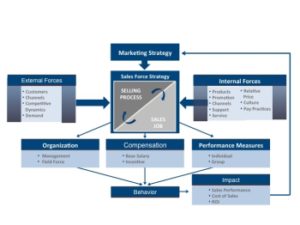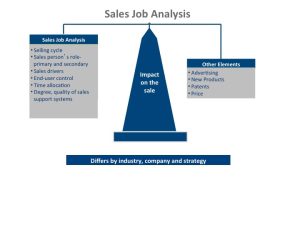| Projected 2017 Salary Increases [Survey Results] |
According to recent surveys conducted by WorldatWork and the Hay Group division of Korn-Ferry, U.S. employees can expect to see a moderate 3 percent salary increase budget in 2017. This figure is consistent with actual pay increases of 3 percent reported by surveyed companies in 2016. These projected and actual salary increases have remained nearly constant over the past several years. Likely this trend (or lack thereof) reflects employers’ consistent conservative increases in salary’s fixed costs. 3 percent reported by surveyed companies in 2016. These projected and actual salary increases have remained nearly constant over the past several years. Likely this trend (or lack thereof) reflects employers’ consistent conservative increases in salary’s fixed costs.
There is also consistency across most employee groups in regard to salary increases. All employee groups – from clerical to executive – are indicating about a 3 percent median increase. A 3 percent average salary increase does not mean all employees should expect to receive that number. Organizations at the 90th percentile report planning on a 3.5 percent average increase, while the 10th percentile is planning a 2 percent increase. Also, survey participants see top performers receiving between 1.5 times and 2 times the median salary increase. As a result, top performers could receive salary increase of 6 to 8 percent. Economic Outlook There has been upward pressure on wages, due to the lowest unemployment in seven years that many economists are calling near full employment. In addition, changes to FLSA regulations and minimum wage increases will likely add to pay increase pressures. Yet many organizations appear uncertain of their economic outlook. This coupled with relatively low inflation is causing many organizations to keep growth in fixed costs, such as salaries, in check. Our recruiting and search friends are finding it increasingly hard to find and attract good talent. Companies should continue to be aware of compensation market trends as competitive situation can change quickly. Industry Data Industry specific salary increase budgeting has continued to grow and contract. Of particular note is a large fall in mining, quarrying, and oil and gas extraction to 1.3 percent in 2016, after leading all industries around a 4 percent level a few years ago. Reportedly, they will return to approximately 2.4 percent in 2017 Percentage of Employees Receiving Increases Base salary increases are being awarded to 89 percent of employees in 2016 on average. Thus, most employees are receiving salary increases. Promotional Increases Promotional increases were awarded to 8 percent of employees in 2015, a small .1 percent increase from 2014. The size of the average 2015 promotional increase was 8.4 percent. In addition, the planned amount that organizations spend on promotional increases in 2016 is 1.5 percent of total base salaries.
Variable Pay Organizations seem more willing to provide additional compensation through short- and long-term incentive programs. The percentage of organizations using variable pay rose to 84 percent in 2016. A combination of organization/unit success and individual performance continues to be the most prevalent type of variable pay program. In addition, employers are increasingly dependent on referral, sign-on, spot and retention bonuses as ways to reward employees. Contact Us Please contact me at (847) 864-8979 or at nlappley@lappley.com to discuss planned compensation actions for 2017 and forward this email to anyone who may also be interested in these projections. |
The focus on sales compensation is understandable as selling is, by far, the most expensive part of strategy implementation for most companies. Five times the expenditures on all media advertising; 20 times larger than the money spent on all online marketing and advertising in 2013.
Here are five areas to test your plan. Focusing on these areas can help you determine whether you have problems.
#1. READY…FIRE…AIM APPROACH 
In todays hurry-up world, quality often is not given enough emphasis over a quick answer. A holistic approach is needed to ensure that proper time and thought are given to plan design and any potential unintended consequences. As one CEO remarked that the company took its time to ensure “…we didn’t have sales compensation becoming disconnected from the overall financial result of the business”. The CEO wanted to ensure that the company was paying for the right strategic results.
The basic premise is that a sales compensation plan does not exist in a vacuum…as illustrated in the graphic above.
 Setting the same percentage of base salary as the incentive for target performance for all sales positions is often evidenced in plans. Careful sales job analysis should be undertaken to properly reflect each position’s impact and influence on a sale. This analysis then becomes an important part of determining the right pay mix per sales position.
Setting the same percentage of base salary as the incentive for target performance for all sales positions is often evidenced in plans. Careful sales job analysis should be undertaken to properly reflect each position’s impact and influence on a sale. This analysis then becomes an important part of determining the right pay mix per sales position.Corporate Headquarters
790 W. Moreland Blvd., Suite 301
Waukesha, WI 53188
